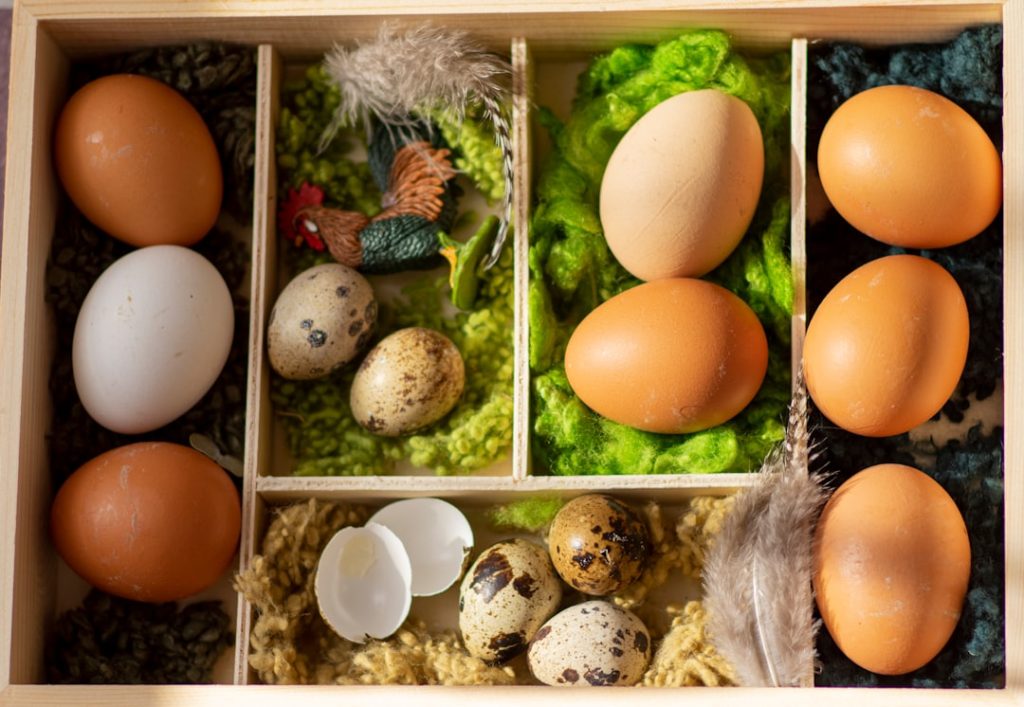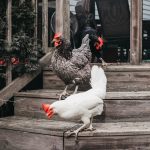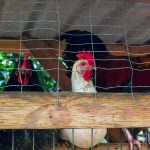When considering the initial costs of pet ownership, it’s crucial to account for the purchase price or adoption fee. This cost can vary significantly depending on the animal’s breed and source. Purebred animals from breeders typically command higher prices, while adopting from shelters or rescue organizations is often more economical.
Additional upfront expenses include spaying or neutering, initial vaccinations, and medical examinations. These costs can accumulate rapidly, necessitating careful budgeting. Another substantial initial expense is the acquisition of essential supplies.
These may include a bed, crate, leash, collar, and food and water bowls. For puppies or kittens, additional items such as training pads, litter boxes, and toys are necessary. These supplies are vital for creating a safe and comfortable environment for the new pet, and their costs should be factored into the initial budget.
Table of Contents
Key Takeaways
- Initial Costs:
- Initial costs for starting a small farm include purchasing land, fencing, and basic equipment.
- Consider the cost of obtaining necessary permits and licenses before starting your farm.
- Housing and Equipment:
- Budget for building or purchasing housing for your animals, such as barns or coops.
- Factor in the cost of equipment like tractors, tools, and feeders.
- Feed and Supplies:
- Plan for ongoing expenses like feed, bedding, and other supplies for your animals.
- Consider the cost of maintaining and repairing equipment and infrastructure.
- Health and Veterinary Care:
- Budget for regular veterinary care, vaccinations, and potential emergency medical expenses for your animals.
- Consider the cost of medications and supplements for your animals’ health.
- Licensing and Permits:
- Research the cost of obtaining necessary licenses and permits for your specific type of farming operation.
- Factor in any ongoing fees or renewals for maintaining your licenses and permits.
- Additional Expenses:
- Plan for unexpected expenses and emergencies, such as severe weather damage or equipment breakdowns.
- Consider the cost of hiring additional help or labor for certain tasks on your farm.
- Cost-saving Tips:
- Look for used equipment or materials to save on initial costs.
- Consider alternative feed options or growing your own feed to save on ongoing expenses.
- Explore cooperative purchasing or bulk discounts for feed and supplies.
- Implement sustainable practices to reduce long-term costs, such as water conservation and energy efficiency.
- Consider diversifying your farm to generate multiple streams of income and reduce financial risk.
Housing and Equipment
Pet Housing Essentials
The housing and equipment needed for a pet can be a significant expense. For dogs, this may include a crate or kennel for training and safe containment, as well as a dog bed for comfort. Cats will require a litter box, scratching post, and possibly a cat tree for climbing and perching.
Food, Water, and Enrichment
Additionally, both dogs and cats will need food and water dishes, as well as toys and enrichment items to keep them mentally stimulated. For small animals such as rabbits, guinea pigs, or hamsters, a suitable cage or enclosure is necessary to provide a safe and secure living space. This may include bedding, hiding spots, and toys for enrichment.
Specialized Housing for Birds and Fish
Birds will need a spacious cage with perches, toys, and feeding dishes, while fish require an aquarium or tank with appropriate filtration and heating systems.
Feed and Supplies
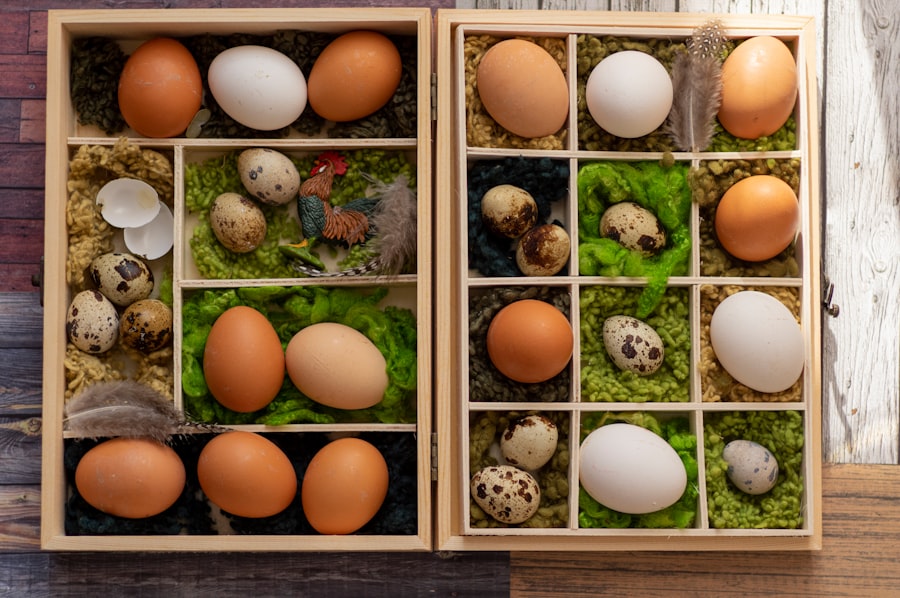
The ongoing cost of feeding your pet is another important consideration. The type of food you choose will depend on your pet’s species, age, size, and any specific dietary needs they may have. High-quality pet food can be more expensive, but it can also contribute to your pet’s overall health and well-being.
Treats and chews are also an additional expense that should be factored into your budget. In addition to food, you’ll need to budget for other supplies such as grooming tools, cleaning products for cages or litter boxes, and waste disposal bags for walks or litter box maintenance. Flea and tick prevention products are also important for many pets, especially those that spend time outdoors.
These ongoing expenses should be considered when determining the overall cost of pet ownership.
Health and Veterinary Care
One of the most important aspects of pet ownership is ensuring your pet’s health and well-being. This includes regular veterinary check-ups, vaccinations, and preventative care such as heartworm and flea prevention. These costs can add up over time, so it’s important to budget for them accordingly.
In addition to routine care, unexpected medical expenses can arise if your pet becomes ill or injured. Emergency veterinary care can be quite costly, so it’s important to have a financial plan in place for these situations. Some pet owners choose to invest in pet insurance to help offset these potential costs, while others set aside a dedicated emergency fund for their pet’s medical needs.
Licensing and Permits
Depending on where you live, there may be additional costs associated with licensing and permits for your pet. Many cities and municipalities require dogs to be licensed, which often involves an annual fee. Some areas also have breed-specific legislation that may require additional permits or restrictions for certain types of dogs.
It’s important to research the local regulations in your area to understand any potential licensing or permit costs associated with pet ownership.
Additional Expenses
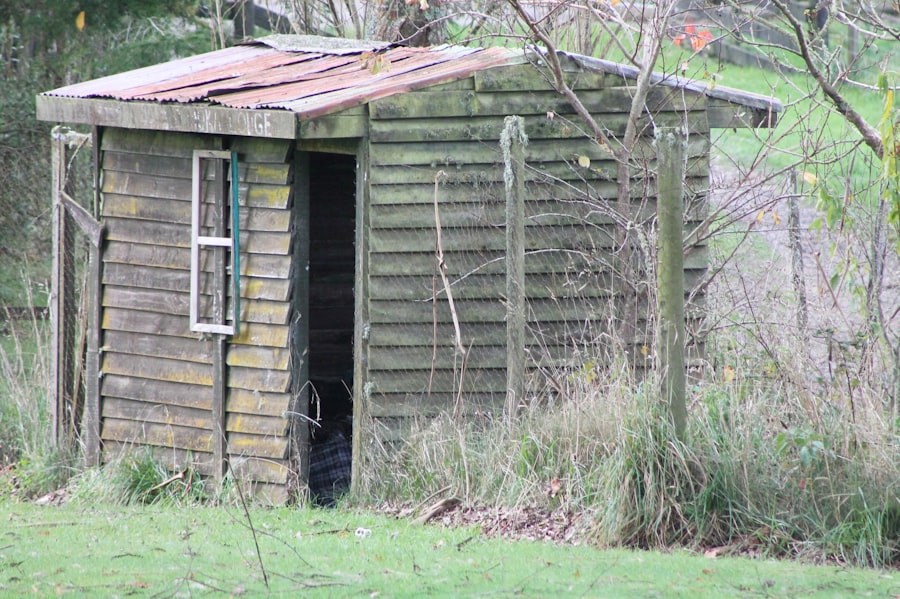
Travel and Care Expenses
Boarding or pet sitting services may be necessary if you travel frequently or have long work hours. Training classes or behavior consultations may also be beneficial for some pets, especially if they have behavioral issues or need help with socialization.
Grooming Needs
Grooming services such as baths, haircuts, or nail trims are another potential expense for some pets. This is especially true for long-haired breeds or those with specific grooming needs.
Traveling with Your Pet
If you plan to travel with your pet, the cost of transportation, lodging, and any necessary travel supplies should be factored into your budget.
Cost-saving Tips
While owning a pet can be expensive, there are several ways to save money on pet care. One option is to purchase pet supplies in bulk or take advantage of sales and discounts at local pet stores. Many online retailers also offer competitive pricing on pet food and supplies.
Another way to save money is by investing in preventative care for your pet. Regular veterinary check-ups and vaccinations can help prevent costly medical issues down the road. Additionally, keeping up with grooming and hygiene can help prevent skin issues or infections that may require medical treatment.
Finally, consider exploring low-cost veterinary clinics or spay/neuter programs in your area. These resources can provide affordable care for your pet without sacrificing quality. Additionally, some animal shelters or rescue organizations offer discounted veterinary services for adopted pets.
In conclusion, owning a pet comes with a variety of initial and ongoing costs that should be carefully considered before bringing a new animal into your home. By budgeting for these expenses and exploring cost-saving options, you can provide the best possible care for your pet while managing the financial responsibilities of ownership.
If you’re considering keeping chickens, you may also be interested in learning about the incubation period for goose eggs. Poultry Wizard has a helpful article on what is the incubation period for goose eggs that provides valuable information for anyone interested in raising poultry.
FAQs
What are the initial costs of keeping chickens?
The initial costs of keeping chickens include purchasing a coop, feeders, waterers, bedding, and of course, the chickens themselves. These costs can vary depending on the size and quality of the items purchased.
What are the ongoing costs of keeping chickens?
The ongoing costs of keeping chickens include purchasing feed, bedding, and any necessary medical care for the chickens. Additionally, there may be costs associated with maintaining the coop and run.
How much does chicken feed cost?
The cost of chicken feed can vary depending on the type and quality of feed purchased. On average, a bag of chicken feed can cost anywhere from $10 to $30, depending on the size and type of feed.
Are there any other expenses to consider when keeping chickens?
Other expenses to consider when keeping chickens may include the cost of any necessary permits or licenses, as well as the cost of predator-proofing the coop and run.
What are the potential cost savings of keeping chickens?
Keeping chickens can potentially save money on eggs, as well as provide a source of organic fertilizer for gardens. Additionally, some people find that keeping chickens can be a source of enjoyment and entertainment, which can be considered a valuable return on investment.
Meet Walter, the feathered-friend fanatic of Florida! Nestled in the sunshine state, Walter struts through life with his feathered companions, clucking his way to happiness. With a coop that’s fancier than a five-star hotel, he’s the Don Juan of the chicken world. When he’s not teaching his hens to do the cha-cha, you’ll find him in a heated debate with his prized rooster, Sir Clucks-a-Lot. Walter’s poultry passion is no yolk; he’s the sunny-side-up guy you never knew you needed in your flock of friends!

